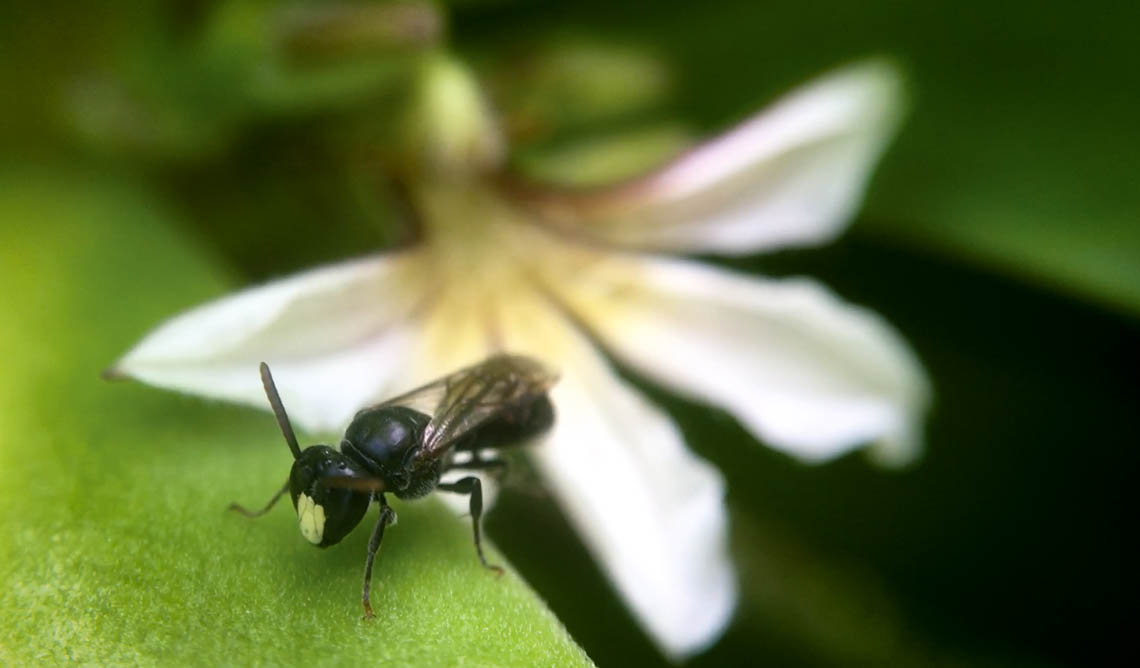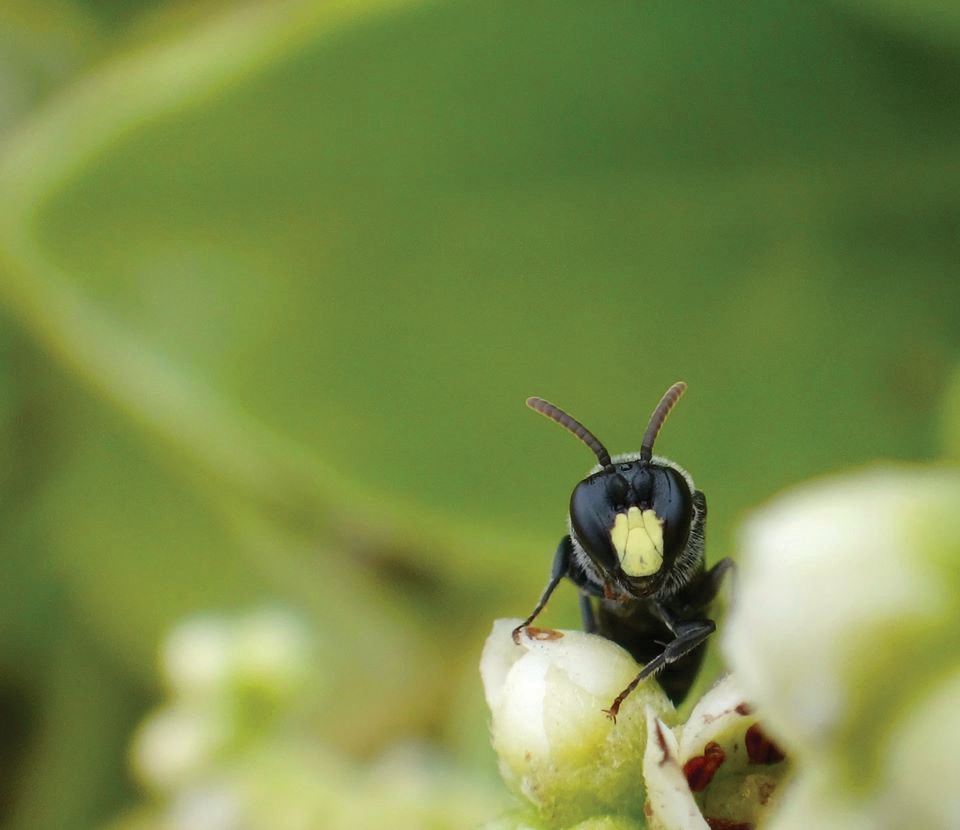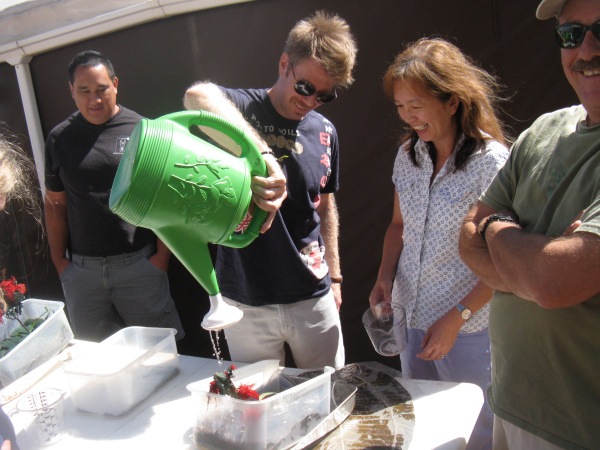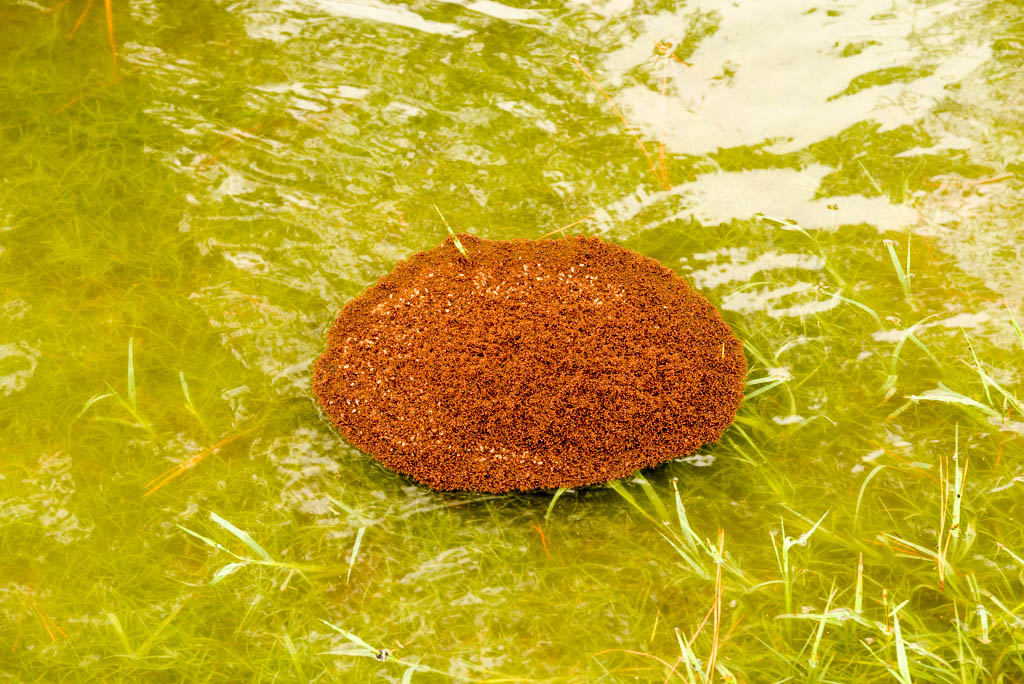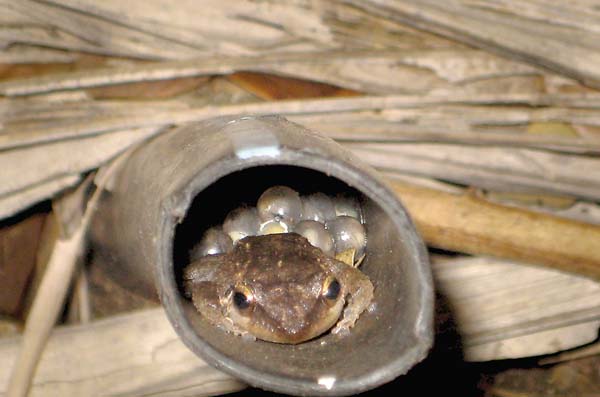
Since Polynesian times, people have unwittingly carried plants and animals with them as they traveled to Hawaiʻi. Ants and skinks were among the first of these hitchhikers inadvertently brought to the Islands. The natural barriers of isolation that prevented so many plants and animals from reaching the Islands have been wiped out.
Every day, between 25,000-30,000 people fly to Hawaiʻi from throughout the world: In 2016, 655,000 tons of air cargo and mail arrived through the airports across the state. The Hawaiʻi Department of Agriculture inspects much of this cargo for hitchhiking pests. But pests could slip through: species that stowaway in cargo holds, or between airline shipping containers—species inadvertently picked up at one destination and carried to another, from international airports to interisland airports.
The Māmalu Poepoe project is designed to address that puka. Māmalu means protected, Poepoe is an acronym for point of entry, point of exit – the name connotates a “lei of protection.” According to Leyla Kaufman, coordinator of the Māmalu Poepoe project, the main goal of the project is to increase monitoring capacity at the airports. “In most instances, the agencies involved have some level of monitoring going at airports, [Māmalu Poepoe] fills in any gaps.”
The seed for the project was planted in 2013: with the Hawaiʻi Department of Health so low on funding they had no capacity to trap and monitor mosquitos around the airports, then-deputy Gary Gill reached out to interagency Hawaiʻi Invasive Species Council. They started planning for the Māmalu Poepoe project.
This coordinated working group leverages the expertise and manpower of multiple state agencies: primarily the Departments of Health, Transportation, and Agriculture under the umbrella of the Department of Land and Natural Resources’ Hawaiʻi Invasive Species Council. The University of Hawaiʻi provides a flexible umbrella for funding between multiple agencies.
Work occurs in the restricted access areas of 6 airports statewide: Kauai, Oahu, Molokai, Maui, Hilo, and Kona. Traps and surveys are designed to target mosquitos, ants, coconut rhinoceros beetle, and honeybees. These insects are selected because they are notorious hitchhikers that have an impact on agriculture and human health. By monitoring, the Māmalu Poepoe project can better address both the interisland spread of pests as well as the introduction of species to the state. “Hawaiʻi has 6 species of mosquitos but there are hundreds out there,” says Kauffman. One of the species found on Big Island but not the rest of the state is Aedes aegypti, the mosquito that is the optimal carrier for dengue and zika, it can also transmit chikungunya and yellow fever.”
Agency specialists from the state agencies design the monitoring and survey methods, but given scarce staffing and travel funds, they rely on a crew from the island-based Invasive Species Committees to do the groundwork of checking traps and surveying for ants. Crew go through species-specific trainings (as well as background checks for security authorization) —then visit the airport every 4-6 weeks to check the swarm traps for honeybees, the lure traps for coconut rhinoceros beetles and mosquitos, or survey for ants.
“Rather than starting from scratch….It (Māmalu Poepoe Project) has allowed us to tap into much more expertise than we would have had otherwise, and is helping support a much larger network of folks working on a piece of the monitoring puzzle.”
Māmalu Poepoe project is flexible enough to fill gaps in the research: “Things have changed quite a bit since the Department of Health was monitoring for mosquitos at airports,” says Kauffman. She started a research project evaluating mosquitos to enhance trapping efforts of vector control.
In the three years from the proposed idea to actual implementation, the landscape around invasive species changed: Coconut Rhinoceros Beetle arrived in the State and the dengue outbreak triggered the legislature to restore funding for vector control. Josh Atwood, Program Supervisor of the Hawaiʻi Invasive Species Council feels it is a boon for the project: “Rather than starting from scratch….It has allowed us to tap into much more expertise than we would have had otherwise, and is helping support a much larger network of folks working on a piece of the monitoring puzzle.” Learn more about the project online: https://dlnr.hawaii.gov/hisc/mp/
This article was originally published in the Maui News on November 12th, 2017, as part of the Kia‘i Moku Column from the Maui Invasive Species Committee.
Read more Kiaʻi Moku articles.


